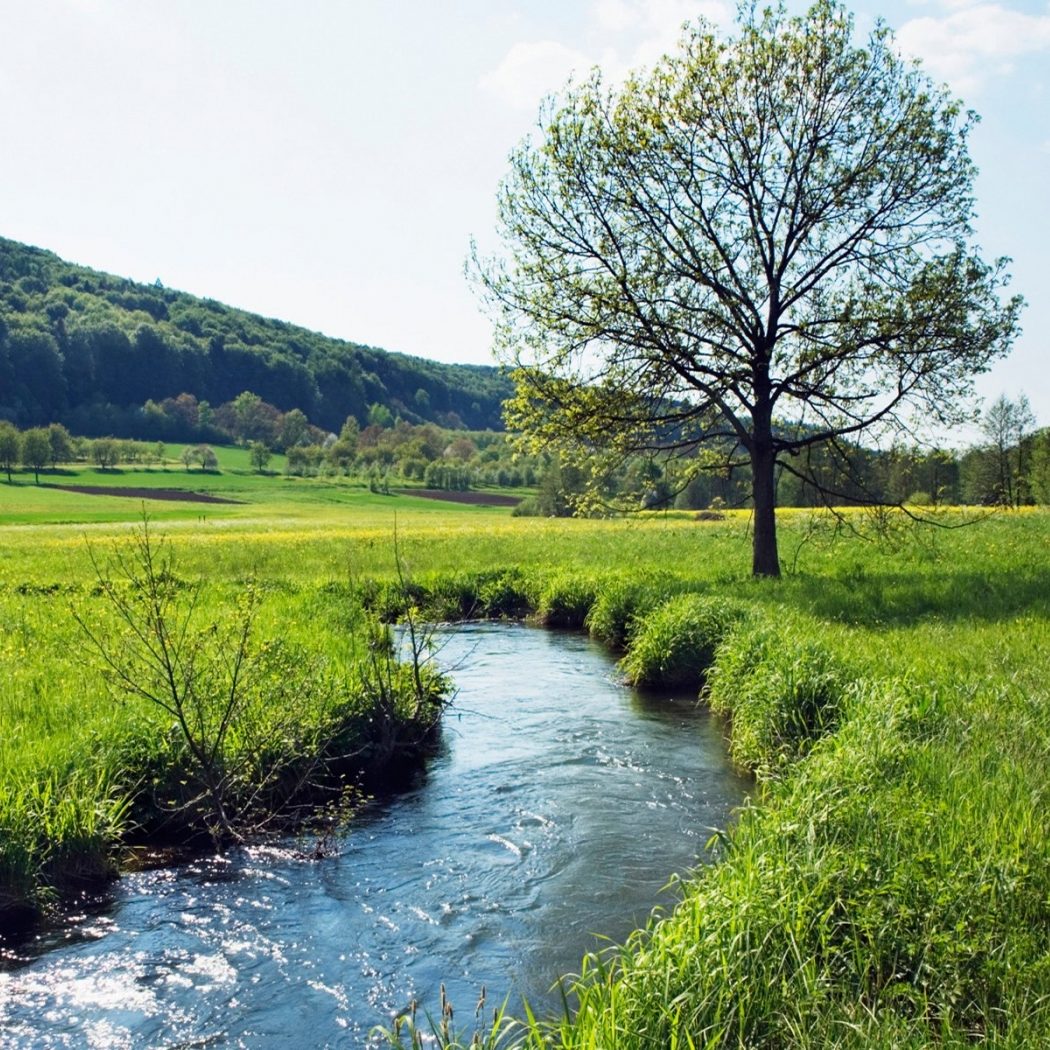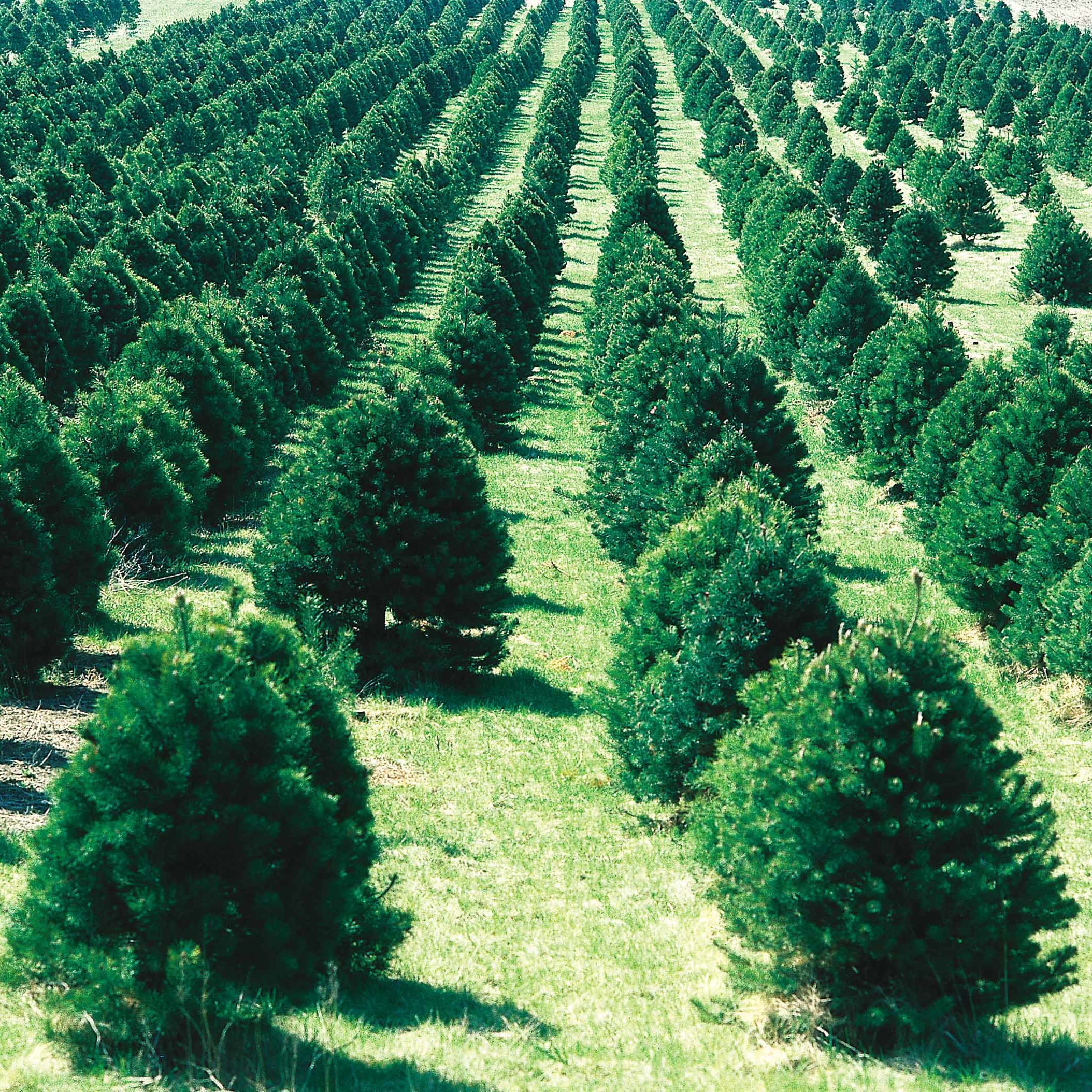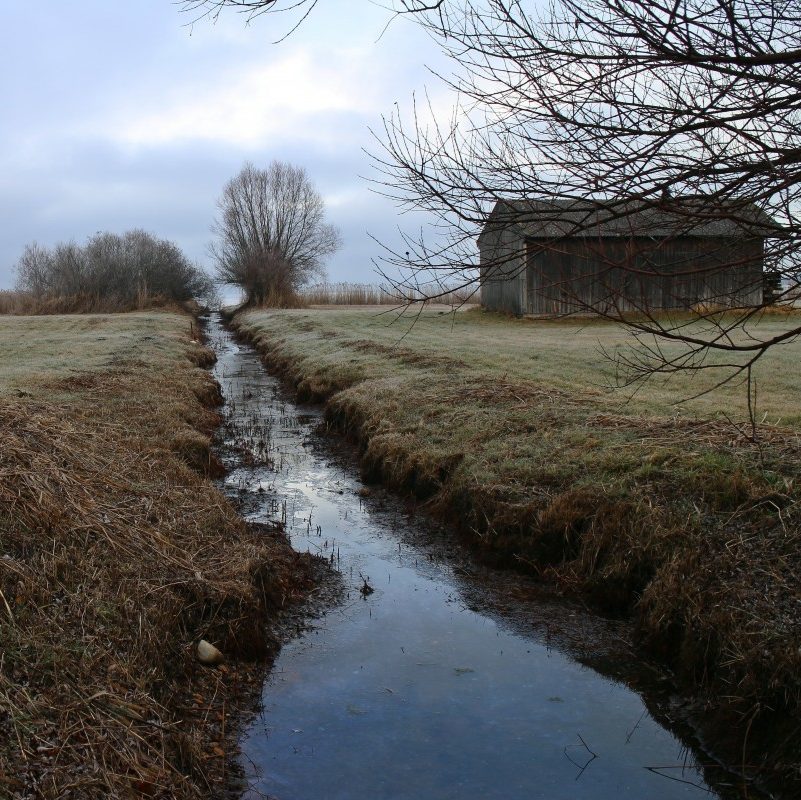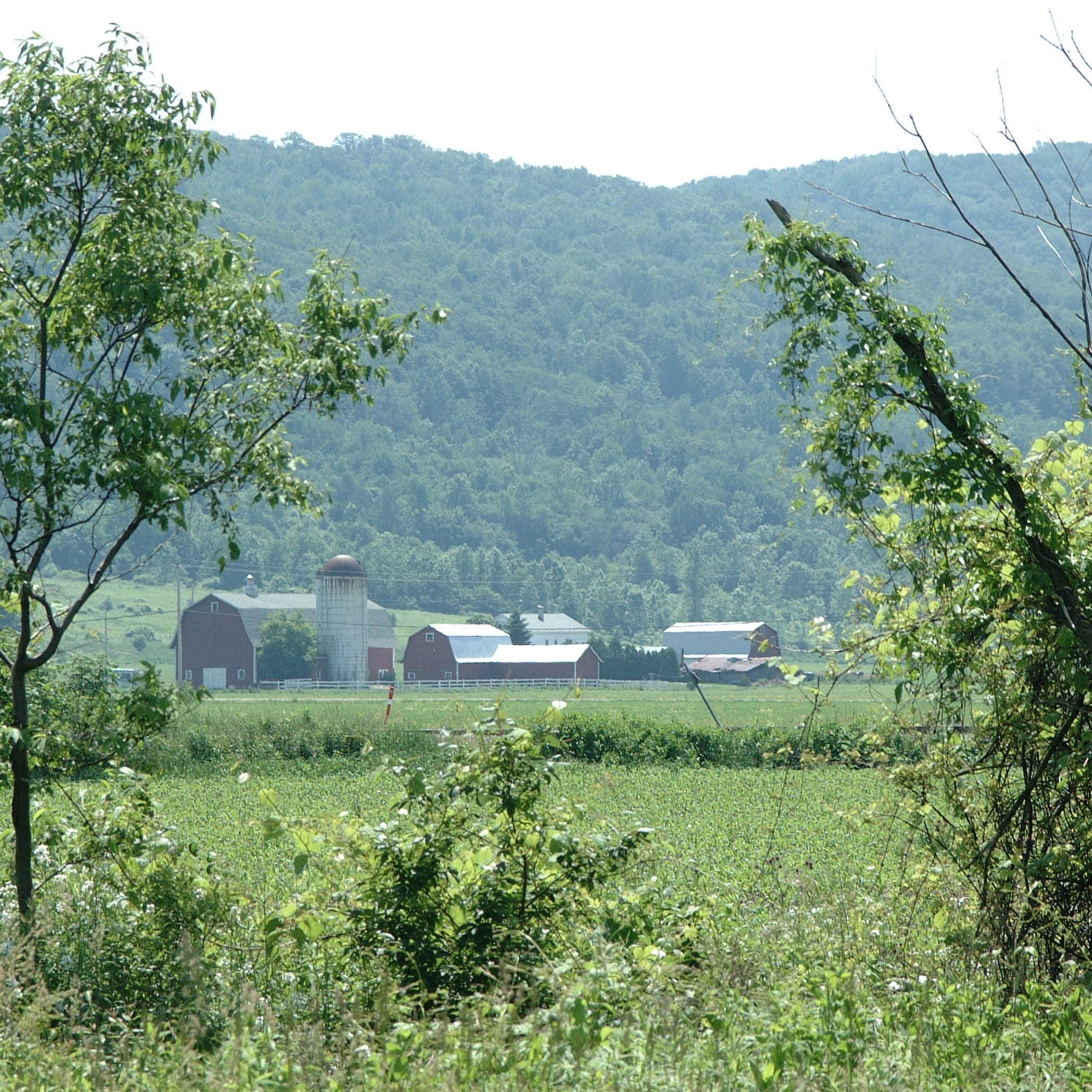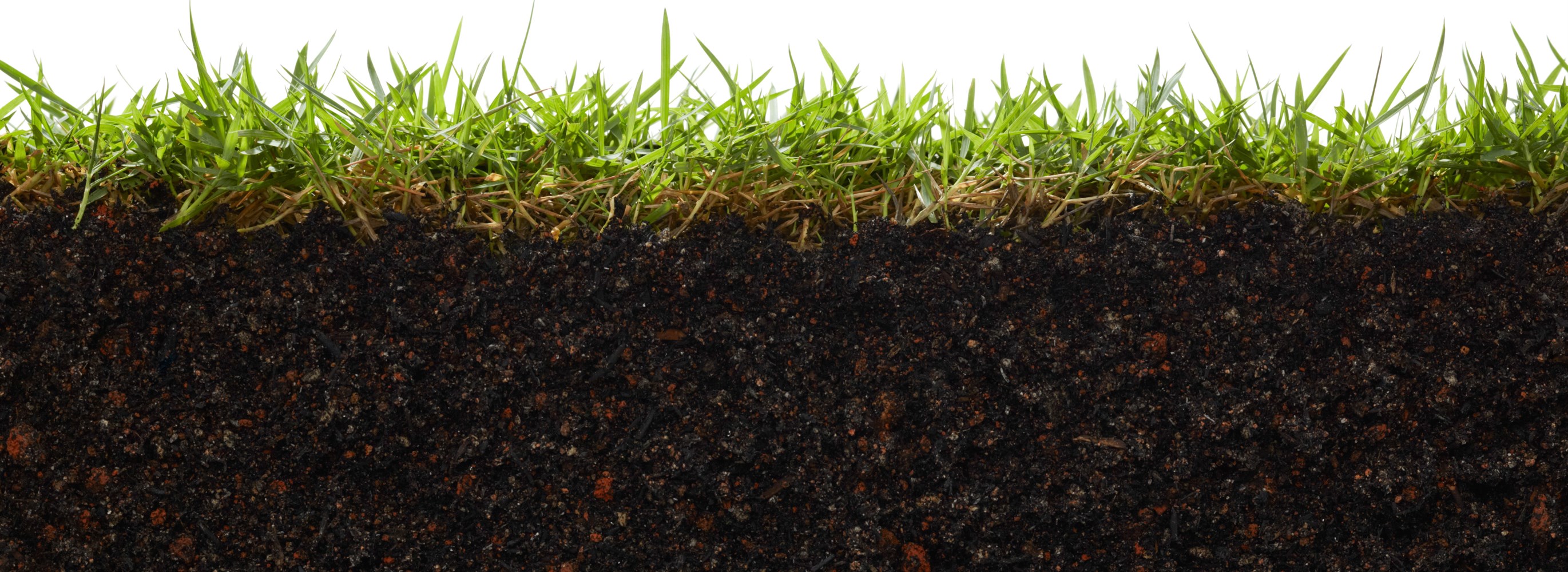WATER QUALITY ASSESSMENTS
Surface Water
The District conducts water monitoring activities on the rivers and their tributaries in Cortland County. Goals of monitoring include better defining the status of water quality, identifying new challenges and supporting larger scale efforts such as harmful algal bloom monitoring.
In 2017, the District sampled tributaries to the Tioughnioga River in Cortland County and in 2019, we sampled Trout Brook and its tributaries. Generally, our work has revealed that Cortland County stream water quality is quite good; it is important to continue to protect and maintain this high water quality. We also found some concerns, however. Excess nutrients, sediments and sodium chloride (salt), high or low pH, low dissolved oxygen and high water temperature in summer are water quality concerns that have been identified in some Cortland County streams. Sources of water quality challenges include use of road salt in winter, nutrient releases from agricultural lands and septic systems, past industrial land uses and removal of trees and shrubs from streamside corridors have contributed to these water quality challenges.
Click here to access reports.
Groundwater
The District monitors groundwater in Cortland County in support of local municipalities’ efforts to protect drinking water supplies. We assist the City of Cortland with monitoring well sampling on the Waterworks property approximately annually to assess the movement of a trichloroethylene (TCE) plume in groundwater that has moved slowly toward the City public water supply wells since the late 1980s. The overall water quality of the aquifer was first assessed in 1990 by the U.S. Geological Survey. In 2007-08 and 2019-20 additional water quality assessments were conducted collaboratively by the District, the City of Cortland and the Town of Cortlandville. Water quality concerns in Cortland County groundwater include TCE, other organics and sodium chloride (salt). Organic chemicals originate from industrial land uses and sodium chloride originates from application of road salt in winter.
Lakes
Although the District does not conduct lake water quality sampling, we support Cortland County CSLAP teams on four County lakes. CSLAP is a state-wide citizen monitoring effort to gather water quality information. Tully, Song, Little York and Melody lakes have CSLAP volunteer teams that monitor water quality annually.
In 2020 most lakes in Cortland County were evaluated for invasives. A report of our findings is available here.
For information about Harmful Algal Blooms go here.


